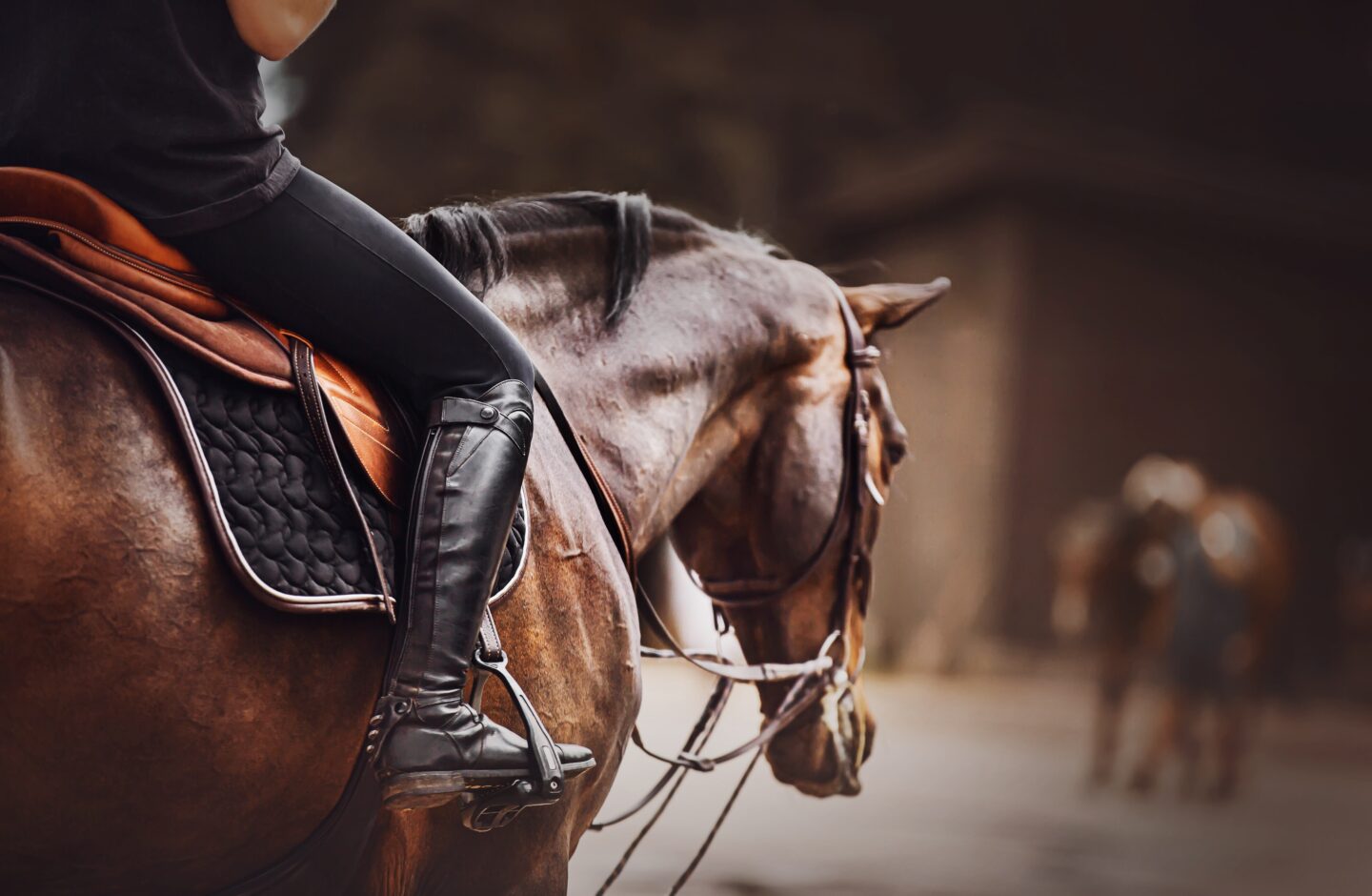
Failed compensation claim for injured horse rider exposes pitfalls with Animals Act 1971
A recent High Court judgement on whether a racehorse owner was liable for compensation after a stable hand fell from the animal has highlighted how difficult it can be to bring a case under the Animals Act.
Should you find yourself injured after coming into contact with an animal, you will have two avenues to pursue a claim for personal injury.
The first option is a claim under negligence. To be successful, you must show that you were injured as a result of someone else’s negligence. Examples might include negligently failing to keep a dangerous animal contained, for instance.
The second option allows a personal injury claim to be pursued in cases where negligence may have been a less influential factor. The Animals Act (1971) imposes a strict liability on those who own animals that cause another individual harm.
Under the Act, where an animal belonging to a dangerous species has caused damage, any person who is the keeper of that animal remains liable. However, most claims for personal injury will arise out of animals that are not inherently dangerous. Section 2(2) of the Act provides clarity on liability for those who own animals that are not an inherently dangerous breed:
(2) Where damage is caused by an animal which does not belong to a dangerous species, a keeper of the animal is liable for the damage, except as otherwise provided by this Act, if—
- the damage is of a kind which the animal, unless restrained, was likely to cause or which, if caused by the animal, was likely to be severe; and
- the likelihood of the damage or of its being severe was due to characteristics of the animal which are not normally found in animals of the same species or are not normally so found except at particular times or in particular circumstances; and
- those characteristics were known to that keeper or were at any time known to a person who at that time had charge of the animal as that keeper’s servant or, where that keeper is the head of a household, were known to another keeper of the animal who is a member of that household and under the age of sixteen.
In layman’s terms, this means the animal’s owner can still be liable if the type of harm caused was something you could reasonably expect from the animal if it wasn’t under control – or the harm would be very severe; the animal had certain unusual characteristics; and the owner (or someone looking after the animal on their behalf) knew the animal had those characteristics.
The provisions of Section 2 are, however, complex and can be fraught with challenges. A recent High Court decision demonstrates the difficulties faced by claimants under the Act.
Boyd v Hughes [2025]
In a recent decision of the High Court, a claimant failed to satisfy the essential elements of the Animals Act. This case involved a horseriding accident in which an employee of the defendant, employed as a rider and stable hand, fell from a horse and sustained an injury to their right arm. The horse in question had moved quickly to its right and the rider had subsequently fallen from the horse.
The claimant argued the horse provided by the defendant was known to be shy and ‘jink’ (move unexpectedly) more easily than the other horses. However, more importantly, it was the claimant’s case that the defendant was strictly liable under Section 2 of the Act.
Section 2(2)(a)
In analysing the Animals Act, the Mr Justice Cotter considered section 2(2)(a) and the question of whether a sudden ‘jink’ was likely to have caused harm. In his judgement, Justice Cotter concluded a sudden ‘jink’ or sidestep was not likely to unseat a rider and that it would not be a reasonable expectation the rider would then fall from their horse. He stated “a mere possibility is not enough” to give effect to s.2(2)(a) of the Act.”
In turning to the second limb, the court was asked to consider whether the injury sustained was one that was likely to be severe. Justice Cotter took the view that on the facts of this case, elements such as the speed at which the horse was moving or the surface on which the rider was to land were pertinent.
Justice Cotter was clear it was not enough to simply state any person who falls from a horse is likely to suffer in severe injury, saying: “I am not satisfied on the evidence presented in this case that taken as a generality if a person falls from a moving horse as a result of it shying/jinking/moving suddenly to the right it is likely (reasonably to be expected) that they suffer severe injury.”
This judgement is evidence that claimants should not take it as read that the damage they suffered was likely to be severe. The court will have consideration of all of the facts of a claimant’s injury to determine this.
It suggests a more objective approach to the question of damage and claimants should be prepared to consider whether the damage they suffered was likely because of an animal’s specific actions. While the damage you suffered may have been severe, this does not mean that on the facts it was always likely to have been severe.
Section 2(2)(b)
When considering section 2(2)(b), it was the claimant’s position that the likelihood of damage was due to a characteristic of the animal which was not normally found, except at particular times or in particular circumstances. In essence, the horse had a particular characteristic that only arose in a particular circumstance and this characteristic caused the horse to ‘jink’.
Justice Cotter, in his judgement, stated it was necessary to identify ‘particular’ times in which these behaviours are shown. It was the claimant’s case that the horse became shy and reacted in this way because of a perceived threat. However, the claimant failed to show the nature or extent of this threat on the facts. It was a threat, therefore, that could not be predicted by the defendant.
The claimant “had failed to satisfy Section (2)(2)(b) in particular times/circumstances could not be identified”, the court heard.
Establishment of the specific circumstances that give rise to a particular characteristic are therefore essential to establish this section of the Act. Claimants must take care to understand what circumstances arose and how those circumstances caused the animal’s characteristic to arise. It must then be established, as a matter of fact, how that characteristic caused injury.
Conclusion
We can see from this recent judgement from the High Court that there are several pitfalls when considering a claim under the Animals Act.
While many of us would perceive harm caused by an animal to be severe, it is not enough to make such an assumption. The court has made it clear that several factors need to be considered when determining the severity of the harm that was likely to have been caused.
In the case of Boyd, the horse performed a relatively minor movement, causing the rider to fall. The rider then subsequently fell onto tarmac. These circumstances were not enough to show that the damage was likely to be severe.
Claimants must therefore take care to establish that the damage they experienced was likely to be severe by reference to the circumstances that occurred.
Section 2(2)(b) of the Act is tricky and presents an issue for potential claimants. It must be established that there was a specific circumstance that gave rise to an animal’s characteristic. It is this characteristic that must have caused the injury.
Claimants cannot be idle in assuming that, because they perceived an animal to be stressed or display another characteristic that this test will be established. It must be understood what caused that stress and then how that stress resulted in the animal behaving in a way that caused injury.
While the Animals Act does impose a strict liability upon those who fall under its remit, the bar to prove such a claim is high. This is why it is always important to have a team of experienced solicitors to guide you through your claim.







